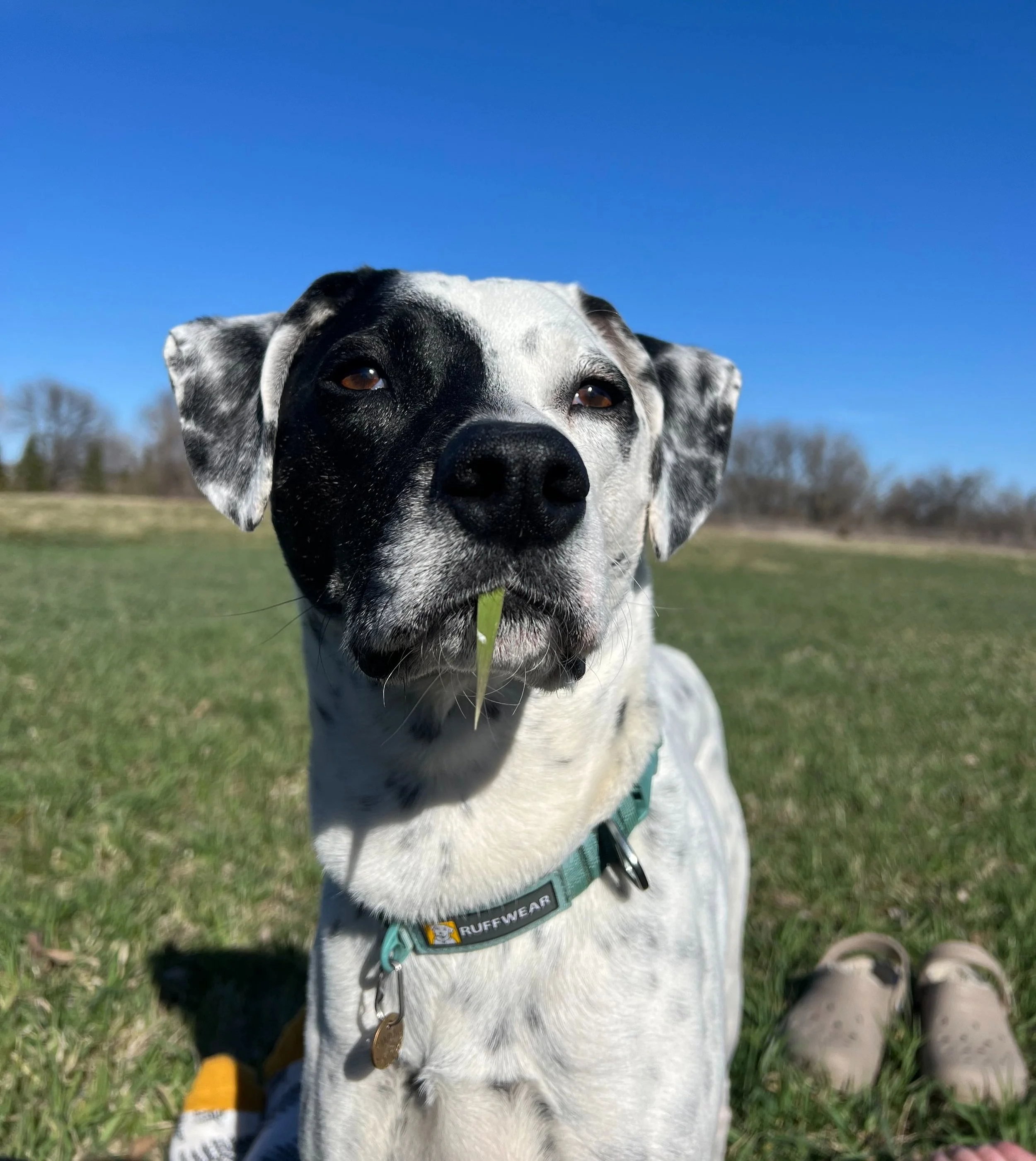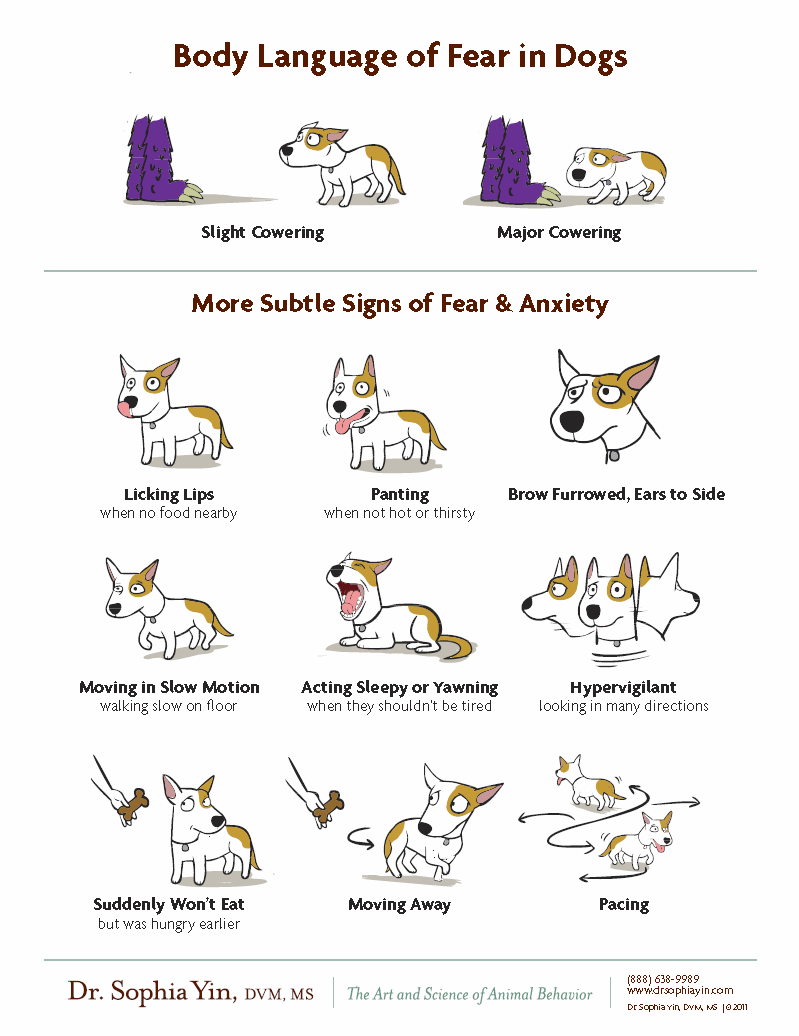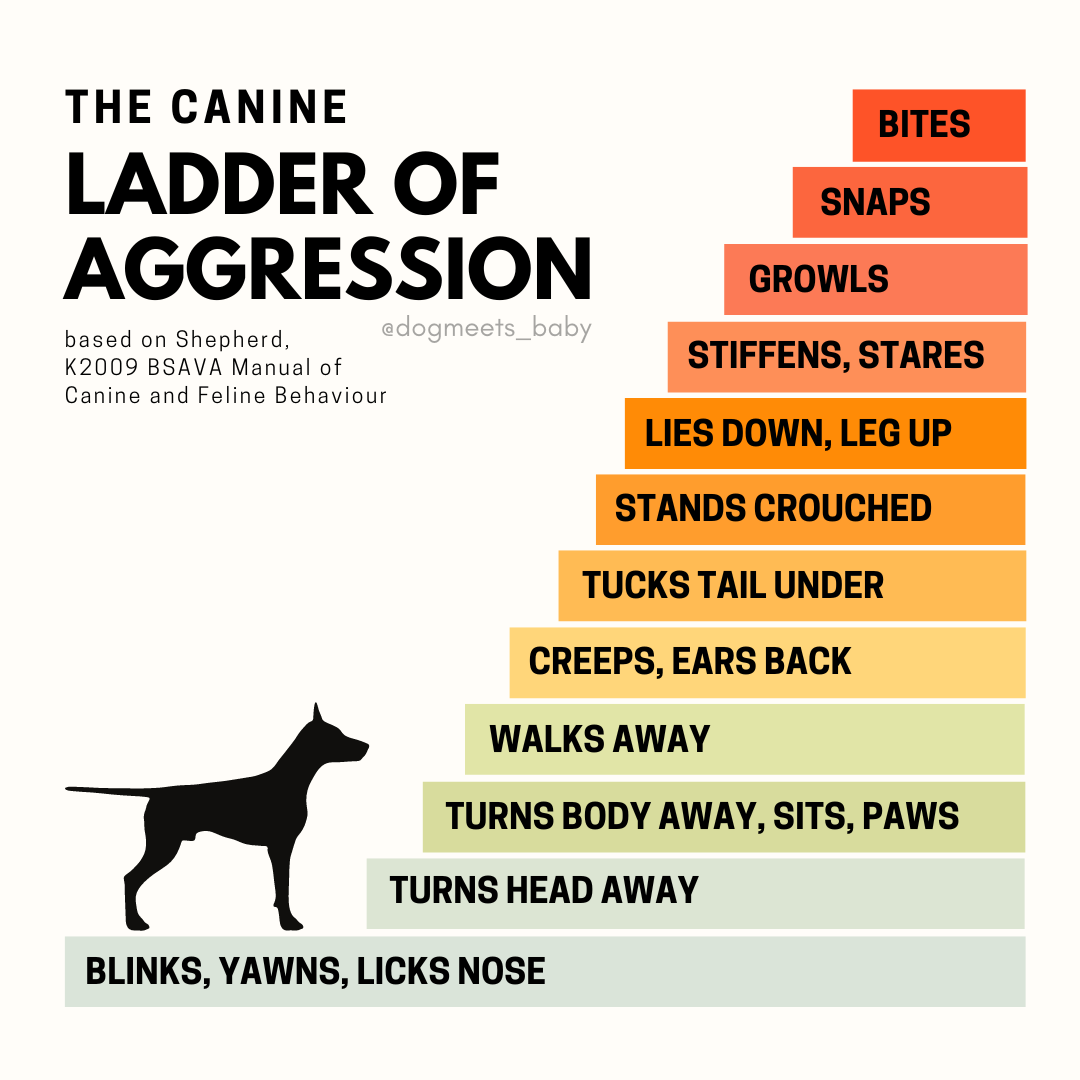The Importance of Body Language
Keeping your dog safe and happy starts with understanding their body language. While they may not speak our language, dogs are always trying to communicate through their movements and expressions! These subtle signals can reveal when they’re excited, stressed, or uncomfortable. By learning to recognize these signs, you can step in before things escalate, helping to prevent conflicts and ensure your dog has positive experiences. Whether they’re concerned about something or simply enjoying playtime, tuning into your dog’s cues allows you to advocate for their well-being and deepens your bond.
Dogs move fast, so practicing how to read their body language is essential to making it second nature. Try taking videos of your dog so you can slow them down and observe more closely. And don’t worry if you miss something—just keep practicing, and you’ll get better with time!
Using the ESTEEM framework (further explained in the free Dog Body Language e-book linked below!) we can decipher the following from my dog Randall's body language in this photo:
Environment: Myself, my spouse, our other dog Bertie, and Randall are all in our backyard. Both dogs are off leash. We live on 10 acres in the country with few triggers around (for Randall: very little road & foot traffic, no other dogs around). I am wearing a treat pouch. It's around 3 pm and a clear, sunny day.
Spine/ Stance: Randall's spine is straight and facing me, indicating his desire to move towards me. His weight appears evenly distributed across all paws.
Tail: You can't see Randall's tail in this photo, because it is held loosely at the base and resting downward, similar to an "L" shape. This is his tail's baseline height and where he typically holds it, suggesting comfort.
Ears: Randall's ears are in a relaxed neutral/ pointed forward position, signaling increased arousal, in this case alertness.
Eyes: Randall has soft, relaxed eyes and eyebrows with a slightly wrinkled forehead. His pupils are naturally adjusted to the bright sunshine.
Mouth: Randall's mouth is closed and his facial muscles are relaxed. His commissure (where the top and bottom lips meet) is u-shaped, indicating there is little to no tension. He is not pulling or pushing his lips in any direction.
Randall is likely comfortable and relaxed, but interested in the potential of getting treats from myself!
Recommended Resources
Doggie Language: A Dog Lover’s Guide to Understanding Your Best Friend by Lili Chin
This $12 book makes a great coffee table book and is easy to share with others, even kiddos!
FREE "Green", "Yellow", & "Red" light play behaviors by the Shelter Playgroup Alliance on YouTube
Checkout the Shelter Playgroup Alliance’s YouTube channel for more informative videos.
FREE @up_2_snuff (Ali Sutch, KPA-CTP CCUI) on Instagram
Navigate to the highlight on “Play” at the top of their profile.
Virtual Webinars: Play It Cool and Cool It Down
If you have the time & resources, I highly recommend these $25/each webinars—they’re packed with valuable insights!
-
Doggie Language: starring Boogie the Boston Terrier
[a five by six array of various drawings of a Boston Terrier showing different body language cues]
Alert, Suspicious, Anxious, Threatened, Angry
"Peace!" (look away/ head turn), Stressed (yawn), Stressed (nose lick), "Peace!" (sniff ground), "Respect!" (turn & walk away)
"Need Space" (whale eye), Stalking, Stressed (scratching), Stress Release (shake off), Relaxed (soft ears, blinky eyes)
"Respect!" (offer his back), Friendly & Polite (curved body), Friendly, "Pretty Please" (round puppy face), "I'm Your Lovebug" (belly-rub pose)
"Hello I love you!" (greeting stretch), "I'm Friendly!" (play bow), "Ready!" (prey bow), "You Will Feed Me"
Curious (head tilt), Happy (or hot), Overjoyed (wiggly), "Mmmm....," "I love you, don't stop"
2011 Lili Chin www.doggiedrawings.net
-
Body Language of Fear in Dogs
[an collection of drawings of a white dog showing different body language cues]
Slight Cowering | Major Cowering
More Subtle Signs of Fear & Anxiety
Licking Lips (when no food nearby), Panting (when not hot or thirsty), Brow Furrowed, Ears to Side
Moving in Slow Motion (walking slow on floor), Acting Sleepy or Yawning (when they shouldn't be tired), Hypervigilant (looking in many directions)
Suddenly Won't Eat (but was hungry earlier), Moving Away, Pacing
by Dr. Sophia Yin, DVM, MS | The Art and Science of Animal Behavior | (888) 638-9989, www.drsophiayin.com, 2011
-
The Canine Ladder of Aggression
[From least aggressive/ stressed on the bottom of the page in blue to most aggressive/ stressed at the top of the page in red]
blinks, yawns, licks nose > turns head away > turns body away, sits, paws > walks away > creeps, ears back > tucks tail under > stands crouched > lies down, leg up > stiffens, stares > growls > snaps > bites




